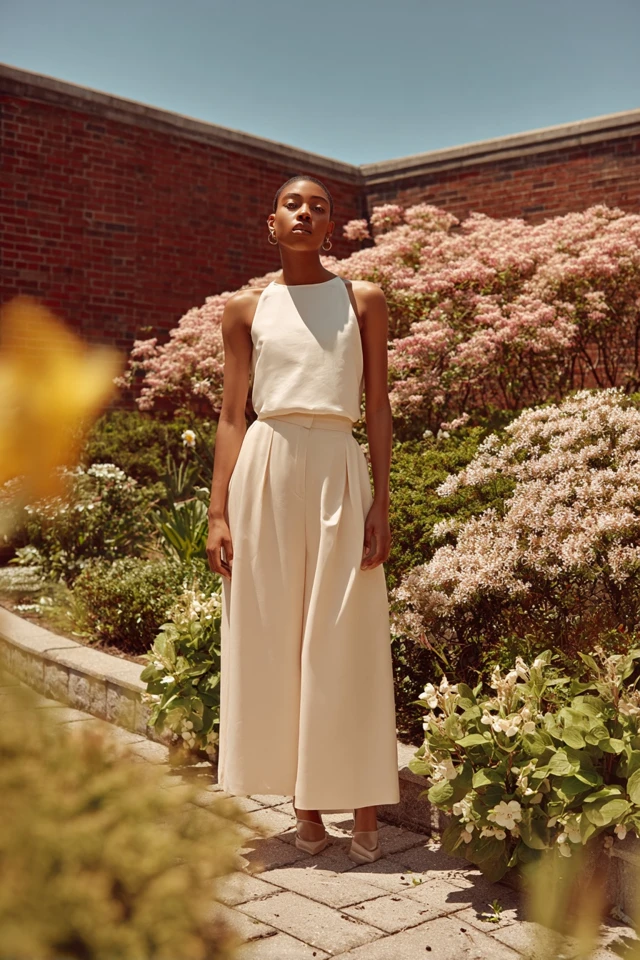Introduction
One crisp spring morning, I stood in front of my wardrobe, the sunlight casting a gentle glow over rows of clothes, pondering how best to transition my style from the muted chill of winter to the fresh optimism of spring. The moment was subtle yet powerful—a reminder that what we wear profoundly shapes not only how the world sees us but how we see ourselves. Changing seasons often inspire a wardrobe shift, but embracing a neutral palette in spring opened up a new dimension of style for me. It became a pathway to elegance, versatility, and confidence.
In fashion, every color carries meaning, every texture evokes a feeling, and every silhouette speaks volumes without saying a word. Spring’s soft light demands a dressing approach that balances warmth and vibrancy with the understated ease of neutral tones. This guide dives deep into the art and science behind spring neutral dressing, exploring how strategic choices in color and style can uplift your mood, sharpen your presentation, and cultivate an effortless glow from within.
About the Author and My Trend Boutique
Why focus on neutrals in spring? Because these colors are foundational — versatile, timeless, and universally flattering. As a fashion professional with a background in color psychology and design, I’ve seen how mastering neutral dressing can transform not only your wardrobe but your relationship with fashion itself. This guide is designed to empower you to approach spring style thoughtfully and confidently, blending research-backed insights with practical advice to refresh your look and enhance your presence.
Foundational Concepts
Before diving into the nuances of spring neutral dressing, it’s essential to understand several foundational concepts that shape effective styling: color psychology, trend forecasting, and the principle of dressing to impress.
Color Psychology
Color psychology studies how colors influence human behavior, emotions, and perceptions. Neutral colors—such as beige, cream, taupe, ivory, gray, and soft browns—often evoke feelings of calmness, reliability, and sophistication. Research indicates these hues promote a subconscious perception of stability and approachability, making them ideal for both casual and professional environments.
I recall advising a client preparing for an important presentation who felt anxious about standing out in her crowd. By integrating warm neutral tones into her outfit alongside carefully chosen accessories, she not only looked polished but also reported feeling significantly more grounded and confident during the event. This exemplifies how understanding the emotional resonance of colors translates directly into enhancing personal presence.
Trend Forecasting
Trend forecasting is the practice of anticipating future fashion directions by analyzing cultural, economic, and societal factors. While trends ebb and flow, neutrals remain a consistent thread in spring collections across decades. Forecasts often highlight evolving shades of neutrals that complement seasonal themes—like soft greige (gray-beige) dominating spring runways or classic ivory making a resurgence in accessories.
Harnessing these insights helps tailor your neutral palette not only to current tastes but also to your timeless preferences, ensuring your wardrobe remains fresh yet enduring. Embracing trend forecasting isn’t about chasing every new style; it’s about interpreting upcoming influences and blending them with your core aesthetic to sustain a polished, updated look.
Dressing to Impress
“Dressing to impress” transcends superficial vanity to become a tool for communication and self-expression. It leverages visual cues to project competence, creativity, or approachability, depending on the desired context. Neutrals, by virtue of their understated elegance, provide an excellent base for this strategy. They create a canvas on which you can layer statement accessories, textures, or subtle pops of color to tailor your appearance strategically.
For example, in professional settings, a well-chosen neutral ensemble can signal authority and approachability simultaneously, while in casual spring outings, it suggests effortless style and relaxed confidence. The key lies in understanding how to combine tones, cuts, and textures to reflect your personality authentically while aligning with social expectations.
Picture Gallery
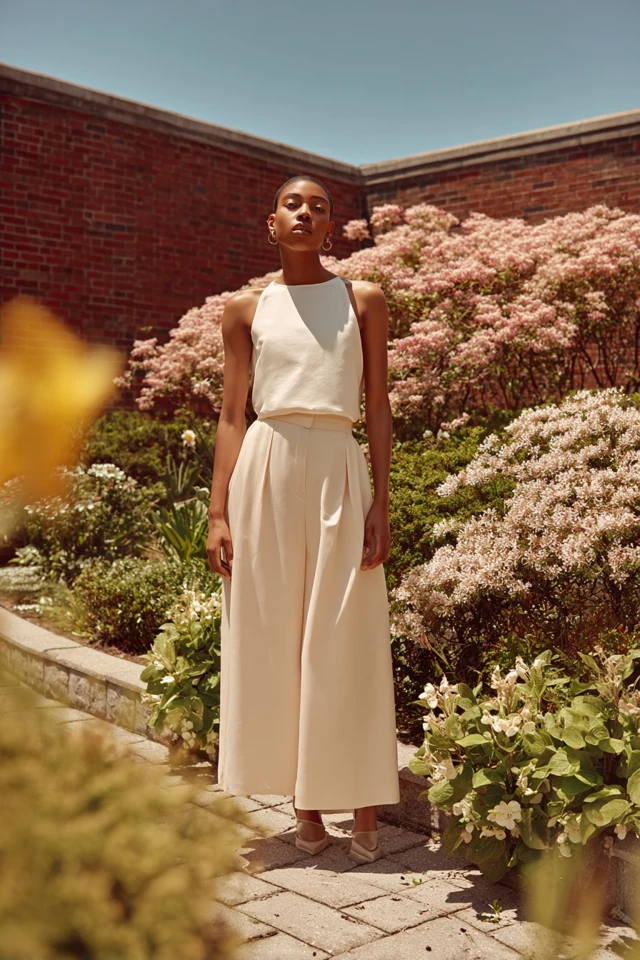
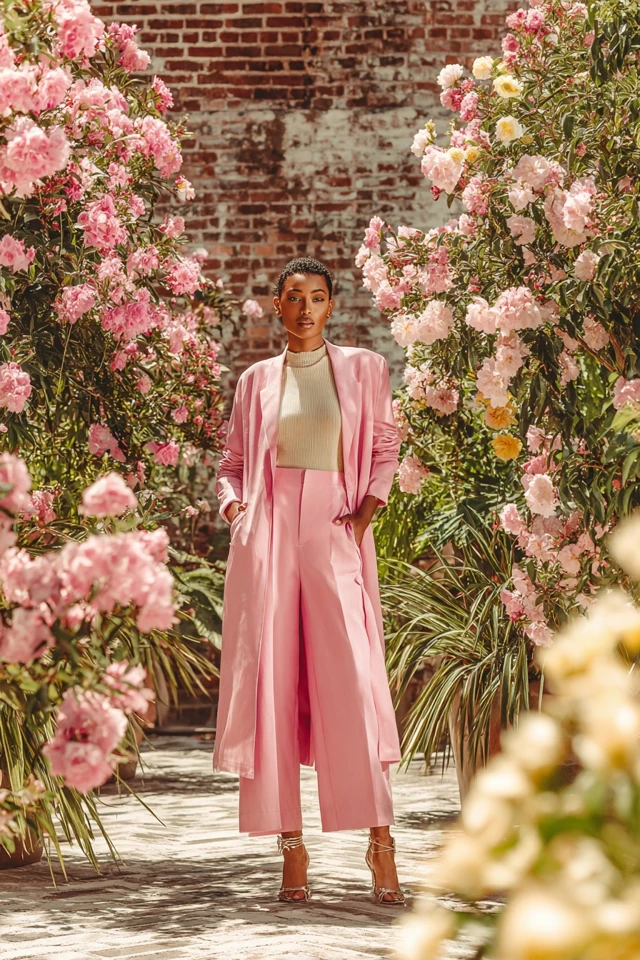
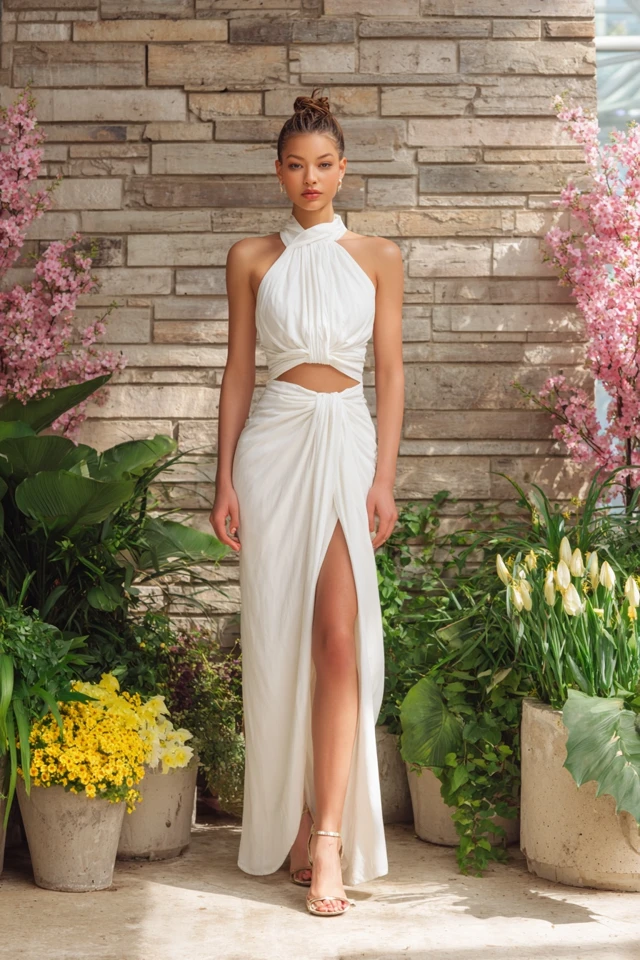
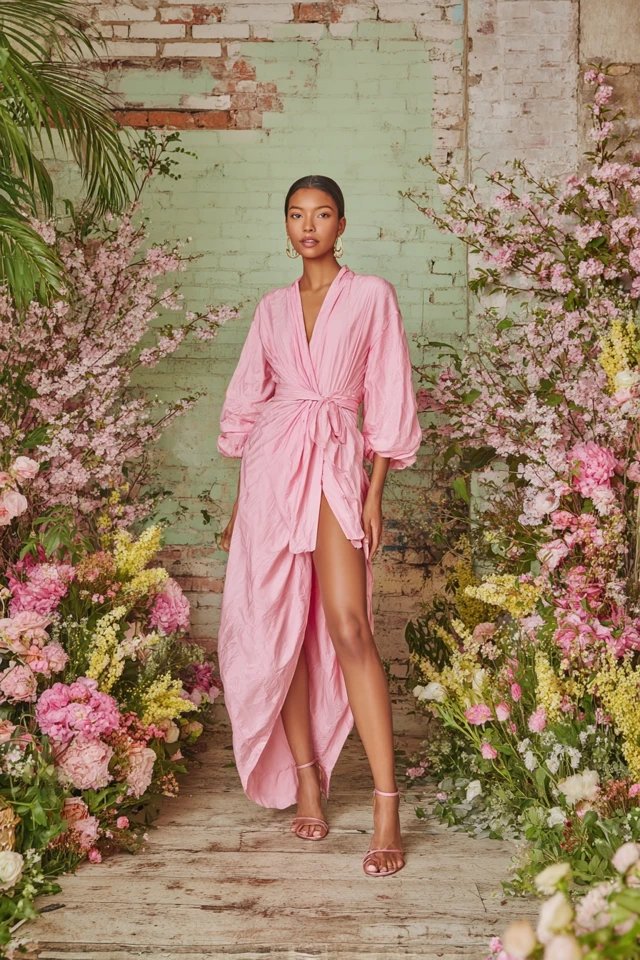
Color Psychology & Emotional Impact
Neutral colors exert a unique influence on mood and perception, establishing a tranquil and harmonious visual impression. Cognitively, our brains associate these tones with nature’s quiet moments—the sand beneath our feet, the calm expanse of fog, the softness of a dove’s feathers—which inspires emotional grounding and balance.
From first-impression research in social psychology, we know that clothing colors can subtly but powerfully affect how others perceive our traits and intentions. Neutrals often convey trustworthiness, professionalism, and dependability without overwhelming the senses. This sends clear, positive signals in both personal and professional encounters, while also creating a low-risk aesthetic that invites social openness.
By selecting neutrals in your spring wardrobe, you enhance your emotional state through sartorial cues—calming anxiety, fostering focus, and reinforcing your sense of self-mastery. You can amplify these benefits by choosing unions of tones—such as combining soft ivory with muted taupe—that encourage serenity and warmth. Color swatches in these shades offer a versatile palette that complements most complexions and harmonizes with seasonal blooms.
Personal Style & Body Type Considerations
Understanding the interplay between your body type, complexion, and personal style is crucial in optimizing neutral dressing for spring. The right silhouettes and fabrics do more than fit—they empower and elevate.
Silhouettes for Different Body Types
- Hourglass: Emphasize your balanced proportions with tailored, cinched waists in structured jackets or wrap dresses. Neutrals like soft camel or sandstone enhance natural curves elegantly.
- Rectangle: Create the illusion of curves using layered neutral pieces with textural contrasts—think lightweight knit cardigans over flowy blouses in cream or light gray.
- Pear: Draw attention upwards with lighter neutrals like ivory or pale taupe on tops, balancing darker neutrals or muted browns below.
- Apple: Opt for relaxed, flowing silhouettes to elongate the torso, choosing breathable natural fabrics like linen in warmer neutral shades that complement your skin tone.
Complexion-Based Hue Suggestions
- Warm undertones: Turkey beige, warm ivory, soft caramel neutrals resonate beautifully.
- Cool undertones: Dusty gray, soft stone, and icy taupe work to complement your natural coloring.
- Neutral undertones: The full spectrum of neutrals is accessible—experiment with layering different shades for depth.
Spring Neutral Dressing Checklist
- Have you identified your best neutral undertones for skin harmony?
- Do your chosen fabrics breathe and reflect spring’s lightness?
- Have you incorporated varying textures to add interest within a neutral palette?
- Are your silhouettes flattering your specific body shape?
- Do your accessories introduce subtle dimension without overpowering?
Current Trends & Timeless Classics
This spring, designers are gravitating toward updated neutrals that combine the old with the new—reimagining classics through fresh fabrics, cuts, and styling. Popular trending tones include muted greige, soft mushroom, and sandy beige, often paired with whites or chalky pastels for an invigorating but understated allure.
The resurgence of sustainable fashion also emphasizes natural fibers and earth-inspired tones, reinforcing neutrals’ staying power. Think responsibly sourced cotton trousers in dove gray or breathable linen blazers in warm sand—these pieces echo timeless elegance while reflecting modern ethics.
Blending contemporary elements like oversized silhouettes with tailored staples is a powerful approach to stay on trend without sacrificing classic appeal. For instance, pairing a structured cream blazer with relaxed taupe wide-leg pants balances innovation with refinement.
Ultimately, mastering spring neutral dressing means embracing flexibility: anchoring your wardrobe in enduring basics while thoughtfully incorporating trend-inspired accents. This method ensures your style remains fresh, relevant—and deeply personal year after year.
Practical Tips & Recommendations
- Shopping Smart: Prioritize quality over quantity. Invest in versatile neutral pieces made from breathable fabrics like cotton, linen, or silk blends that suit spring’s mild weather.
- Wardrobe Maintenance: Use gentle cleaners and proper storage to preserve the soft hues of your neutrals, preventing yellowing or discoloration common in lighter fabrics.
- Layering Techniques: Use layers to create visual interest—pair a thin beige turtleneck under a cream cardigan, topped with a soft camel trench coat, enabling adaptability across fluctuating temperatures.
- Accessories: Incorporate textured belts, minimalistic gold or silver jewelry, and scarves in complementary shades to elevate your look without overwhelming your neutral canvas.
- Color Combinations: Try pairing warm neutrals like sandstone with cool hues like dove gray for sophisticated contrasts. Add subtle blush or soft blue accessories for gentle color infusions that maintain overall neutrality.
Visual aids such as color swatch cards can help you experiment with combinations before committing to purchases. Consider keeping these tools handy while shopping or planning outfits.
FAQs
1. How do I find my signature neutral color?
Explore neutrals across your complexion with natural light—observe which shades make your skin glow and eyes pop without washing you out. Warm undertones pair well with honey and camel, cool undertones with gray and stone. Experimentation and feedback from trusted friends or professionals can fine-tune your choice.
2. Can neutral dressing work on a budget?
Absolutely. Neutrals are a smart investment because of their versatility and timeless appeal. Focus on building your wardrobe with key affordable basics and supplement with occasional higher-quality statement pieces. Thrift stores and sales can yield quality neutral finds too.
3. How does neutral dressing fit into a capsule wardrobe?
Neutrals form the backbone of any effective capsule wardrobe by promoting mix-and-match flexibility. They simplify styling decisions, reduce clutter, and ensure cohesion. Layering your neutrals with one or two accent colors can keep your capsule dynamic and seasonal.
4. Are there specific neutral fabrics recommended for spring?
Yes. Light natural fabrics like linen and cotton are perfect for spring due to their breathability and texture. Silk blends can add a touch of luxury while remaining lightweight and comfortable.
5. How do neutrals affect dressing to impress in professional settings?
Neutrals project reliability, professionalism, and understated elegance, key traits in corporate and client-facing roles. Pairing neutral tones with crisp tailoring enhances authority, while accessorizing with delicate jewelry or a refined watch introduces personality without distraction.
Conclusion
Spring neutral dressing is far more than a style choice—it’s a thoughtful approach that blends color psychology, body awareness, and trend intelligence to create a wardrobe that supports your confidence and self-expression. By embracing neutrals, you harness timeless elegance and versatility, giving yourself a foundation upon which to experiment and evolve your style seamlessly with the season.
Remember, the essence of style lies in authentic expression. Use this guide as a springboard to discover what resonates with you, to play with textures and tones, and to curate outfits that enhance your mood and project the best version of yourself. I warmly encourage you to share your spring neutral adventures, comment with questions or insights, and subscribe for more deep-dive fashion wisdom on dressing to impress with confidence and joy.

